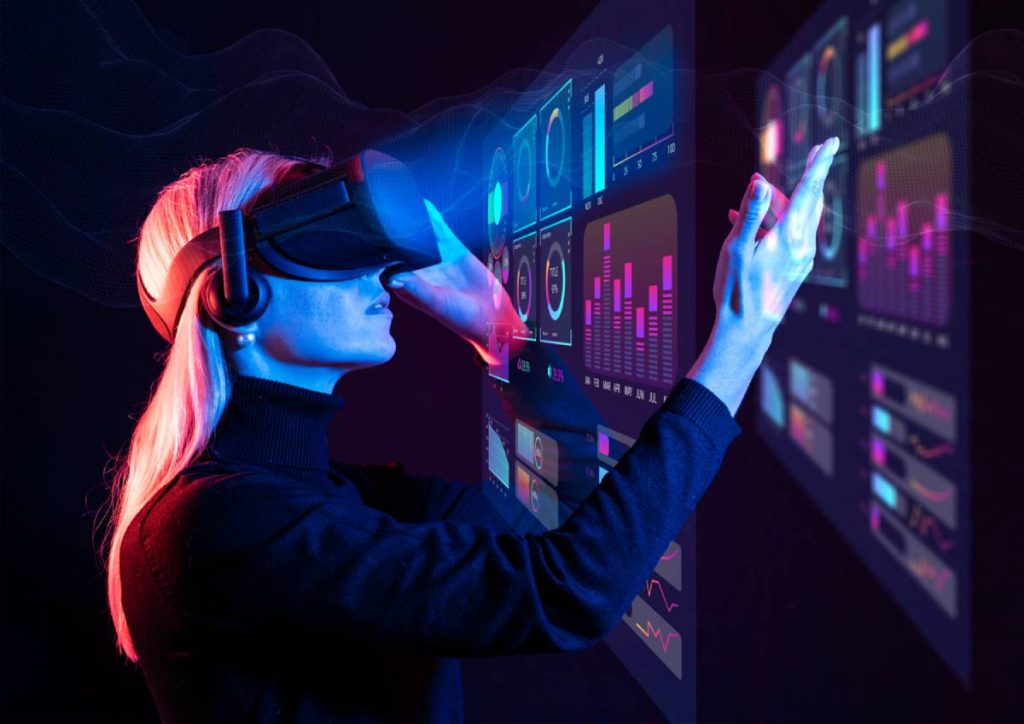How AI Assistants Are Evolving in 2025
In 2025, the rapid advancement of artificial intelligence is redefining the functionality and intelligence of AI assistants. Once limited to basic tasks like setting alarms or answering simple questions, these digital companions now exhibit contextual awareness, emotional understanding, and multitasking capabilities. With updates powered by machine learning and natural language processing, AI assistants have become indispensable tools for professionals, students, and households alike. Their ability to adapt to user preferences and anticipate needs has moved them from being passive helpers to proactive problem-solvers. This evolution reflects not just technological progress, but a deeper integration of AI into everyday life. The smarter these systems become, the more they reshape how we communicate, manage time, and interact with the digital world.
Natural Language Processing Revolutionizing Interaction
One of the most impactful updates in recent years is the integration of advanced natural language processing into AI assistants. This improvement enables them to understand conversational nuances, recognize user intent, and provide responses that feel humanlike and intuitive. Instead of rigid command structures, users can now speak naturally and receive accurate, context-aware replies. These enhancements allow AI assistants to handle more complex queries, maintain context across conversations, and even detect emotional tone. For businesses and individual users alike, this means smoother interactions and more personalized experiences. As NLP models continue to grow more sophisticated, we can expect AI to become an even more fluid and natural part of daily communication.
AI Assistants Becoming Central to Smart Homes
Modern smart homes rely heavily on the capabilities of AI assistants to manage a growing ecosystem of connected devices. With the latest updates, these assistants can now control lighting, climate, security systems, and appliances with greater precision and autonomy. They learn from user habits and adjust settings automatically to optimize comfort and efficiency. For example, a AI assistant can lower the blinds when the sun sets, start the coffee machine when your alarm goes off, or alert you when unusual activity is detected in your home. This integration not only enhances convenience but also contributes to energy savings and home safety. The more these systems learn, the better they become at anticipating needs and seamlessly blending into everyday life.
Personalization Features Improving User Experience
One of the key factors behind the growing appeal of AI assistants is their increasing ability to offer personalized experiences. New updates have enabled them to track routines, adapt responses to individual preferences, and make proactive suggestions based on user behavior. Whether it’s recommending a playlist, adjusting your schedule, or curating news updates, AI assistants are becoming more attuned to what each user values. This deep personalization makes interactions feel less mechanical and more tailored, creating a user experience that feels truly supportive. As AI continues to refine its understanding of personal context and intent, the line between human and machine interaction becomes even more blurred.
Multilingual and Multimodal Capabilities Expanding Reach
Thanks to recent upgrades, AI assistants can now communicate in multiple languages and across various modes of interaction. These enhancements are especially important for global users who operate in multilingual environments. In addition to voice, assistants can interpret and respond to visual inputs such as images, texts, and gestures. This multimodal capability broadens their usefulness, enabling users to interact with them through the method that feels most natural. With growing accessibility and inclusivity, AI assistants are now reaching communities previously left out of the digital revolution. Whether helping non-native speakers, visually impaired individuals, or elderly users, these updates signify a major leap forward in universal design.
Enterprise Integration Making Workflows Smarter
Businesses are also seeing the benefits of smarter AI assistants, particularly in automating workflows and improving operational efficiency. Integrated into productivity suites, customer service platforms, and communication tools, these assistants handle tasks such as scheduling meetings, drafting emails, and summarizing documents. With the new updates, AI assistants can even manage complex workflows, extract insights from data, and support decision-making processes. For enterprise users, this means reduced time spent on repetitive tasks and increased focus on strategic goals. As companies embrace digital transformation, AI becomes an integral part of team productivity, enhancing not just individual efficiency but also organizational agility.
Privacy and Ethics in AI Assistant Development
With the growing capabilities of AI assistants, privacy and ethical concerns are taking center stage. Developers are responding by implementing stronger encryption, data anonymization, and customizable privacy settings. Transparency in how data is used and stored has become a priority, and users are now offered more control over their interactions. Ethical AI also involves ensuring that AI assistants operate without bias, respect user autonomy, and provide reliable information. These principles are guiding the next wave of updates, ensuring that technological progress does not come at the cost of trust. The focus on responsible AI development will be crucial in maintaining user confidence as assistants become more deeply embedded in our lives.
Conclusion
The future of AI assistants is evolving faster than ever, thanks to groundbreaking updates that make them smarter, more intuitive, and increasingly essential in both personal and professional settings. From natural language understanding and smart home integration to enterprise productivity and ethical development, these digital companions are transforming how we engage with technology. As developers continue to innovate, AI assistants will play an even larger role in shaping daily experiences and future possibilities. Their growing intelligence is not just a technological milestone—it is a redefinition of how we live, work, and connect.
Frequently Asked Questions
- What is an AI assistant?
It’s a digital tool that uses artificial intelligence to help perform tasks and answer questions. - Are AI assistants safe to use?
Most reputable platforms include strong privacy and security features to protect user data. - Do AI assistants work offline?
Some basic functions may work offline, but most require internet access for full capability. - Can I use AI assistants in multiple languages?
Yes, many assistants now support multilingual interactions and language detection. - How are AI assistants getting smarter?
Updates in machine learning and natural language processing help improve their performance. - Are AI assistants helpful in business?
Absolutely. They streamline workflows, manage data, and improve communication efficiency. - What devices support AI assistants?
Smartphones, smart speakers, tablets, and many IoT devices support AI assistant integration. - Do AI assistants learn from users?
Yes, they adapt over time based on user preferences and behavior, enhancing personalization. - Can I control smart home devices with AI assistants?
Yes, most AI assistants can manage lights, thermostats, cameras, and other smart devices. - What should I consider when choosing an AI assistant?
Look for compatibility, features, language support, privacy options, and ease of use.



